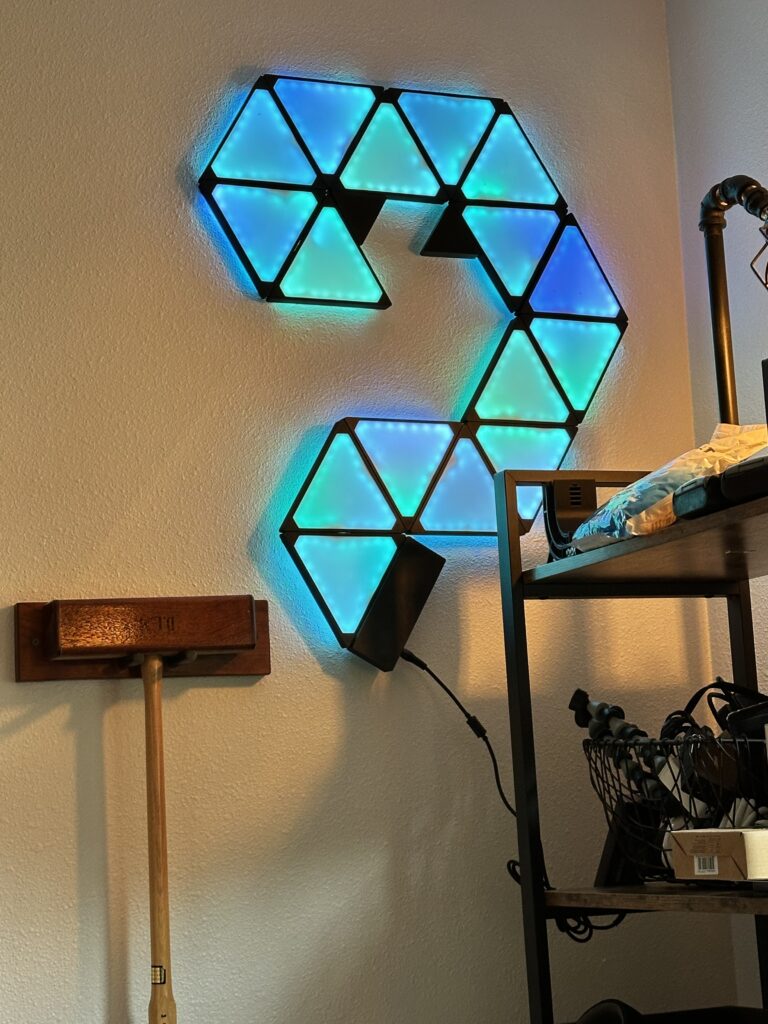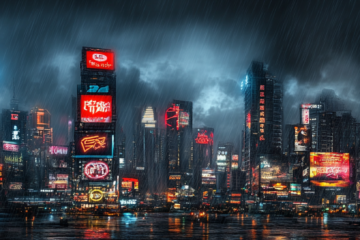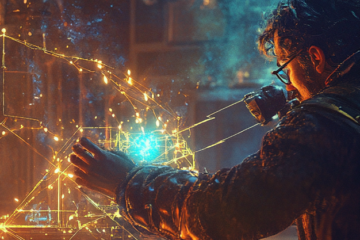I was surfing around on YouTube one day and ran across a project presented by a version personable British fellow who wanted to teach me how to make my own configurable lighting panels which he called NanoLeaf.
These are similar but different from a product called NanoLeaf Shapes which you can see here.

$200 for seven panels seems … steep. This Nanoleaf project could be built for considerably less. Plus, I could use my laser to cut the translucent panels, my 3d printers to print the frames and supports and he provided an easy way to get the PCB for the electronics and I was pretty certain I could manage the soldering and wiring. I wouldn’t need to do any programming because it used an existing Open Source project called WLED for the software and control!
Let’s take a minute to appreciate the WLED URL above. It is: http://kno.wled.ge. Knowledge, with WLED in the middle. And using the top-level domain .ge which is assigned to the country of Georgia. How clever is that!?
Anyway, this sounds like something I need to give a go!
I had the black and white PLA, so I set out printing the necessary parts for the frame and supports, as well as cutting the translucent plastic which would be the front-facing parts of each triangular cell. I ended up with 16 cells or leafs which would have been in excess of $400 using the above product and my costs were less than $100 all told.
The instructions in the video were impeccably done and very clear and easy to follow. The presenter was really upbeat and had good presentation skills. On the whole, the project was really well designed and put together.
After I had assembled the project, I had to debug, because nothing I build works on the first try.
In one case the connection between two cells was not working. That required some disassembly, testing and reconstruction. Then I thought it was working and got it on my wall and …. only half of it was lighting up. Sigh. Similar problem, different connection. Lesson: These things are still pretty fragile, albeit well designed. Eventually, but well shy of me wanting to toss the whole mess in to the garbage, I got it all working and up on the wall.
A little static. It looks way better when it’s doing a pattern:
The WLED project allows a ridiculous amount of control and I’m an absolute newbie with it, but at a bare minimum, it comes with a large number of color palettes and patterns which you choose and in some cases configure until you find something you like. My tastes run to the slightly less flashy and I like something calming, so I’m using a Palette called “Atlantica” (lots of blues and greens) and a pattern called “Pacifica” (calm and relaxing). I’ve got Alexa configured to kick it on at Sunset and turn it off at 10pm. I can turn it on or off via Alexa as well, if I want it on or off outside that and it defaults to the last settings. It can be controlled via an app on my phone or via the browser.
This was a great project and any errors or issues were on my part and fairly easily fixed. That’s a good sign.





0 Comments